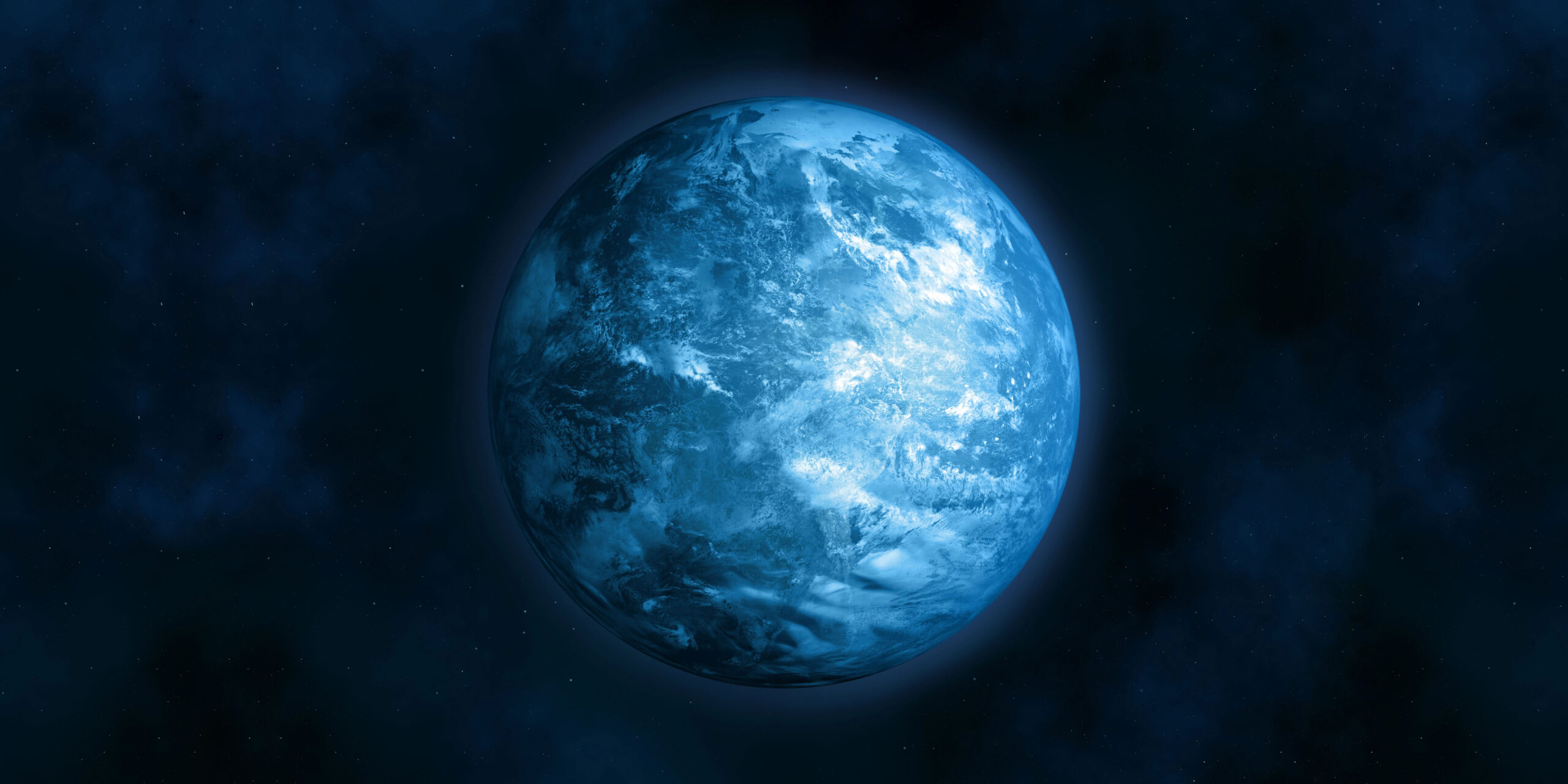Throughout its history, the Earth has always been completely covered in snow and ice. How ice ages occur remains controversial among experts. One possibility: asteroid impacts.
How do ice ages occur on Earth? Yale researchers believe asteroid impacts may have caused this.
Photo: Panther Media/grechka333
A team of researchers led by Yale University may have found an explanation for the Earth's so-called “snowball” phases, where the Earth's surface was completely frozen for thousands or even millions of years. The study, recently published in the journal Science Advances, suggests that large asteroid impacts may have caused these global glacial events.
These findings could provide answers to questions that have puzzled scientists for decades about some of the most dramatic climate changes in Earth's history. The research, which also involved experts from the University of Chicago and the University of Vienna, makes an important contribution to the “snowball” debate about the causes of these global ice accumulations.
The causes of severe icing are not yet fully understood
It has been known since the 1960s that the high reflectivity of snow and ice can trigger a critical feedback loop that, if cooled sufficiently, leads to a further increase in sea ice and lower temperatures. This could plunge the planet into an ice age. Such global glaciation, known as “snowball Earth,” occurred at least twice in the Neoproterozoic era, between 720 and 635 million years ago.
The exact causes of these extreme icebergs are still not fully understood, although many theories postulate a reduction in greenhouse gases in the atmosphere to a critical point. Minmin Fu of Yale University proposes an alternative hypothesis: Could an extraterrestrial impact suddenly trigger such dramatic climate change?
Advanced climate modeling aided the study
In their study, the researchers used an advanced climate model that can simulate atmospheric and ocean circulation as well as sea ice formation under different conditions. This model, which is also used to project future climate change, studied the effects of a hypothetical asteroid impact in four different historical periods:
- Before the Industrial Revolution (150 years ago)
- During the height of the last ice age (21,000 years ago).
- In the Cretaceous period (145 to 66 million years ago)
- In the Neoproterozoic era (1 billion to 542 million years ago)
An ice age could occur within a decade after an asteroid impact
In two warmer climate scenarios, Cretaceous and pre-industrial, the researchers found that an asteroid impact was unlikely to lead to global glaciation. The situation is different in the colder periods of the Last Glacial Maximum and the Neoproterozoic, when global temperatures were already indicating an ice age. Here, an asteroid impact can cause the planet to enter a so-called “snowball” state.
Co-author Alexei Fedorov, a professor of ocean and atmospheric sciences at Yale University, was surprised by how quickly a “snowball” condition can develop when initial climate conditions are cold enough. After an asteroid impact, an ice sheet could form over the world's oceans within a decade, up to 10 meters thick at the equator – compared to the typical thickness of sea ice in the Arctic today of between one and three metres.

“Social media evangelist. Baconaholic. Devoted reader. Twitter scholar. Avid coffee trailblazer.”







More Stories
These brands are most vulnerable to phishing scams
Apple Maps Now Has a Web Version and Wants to Challenge Google Maps
Best AirDrop Alternatives for Android